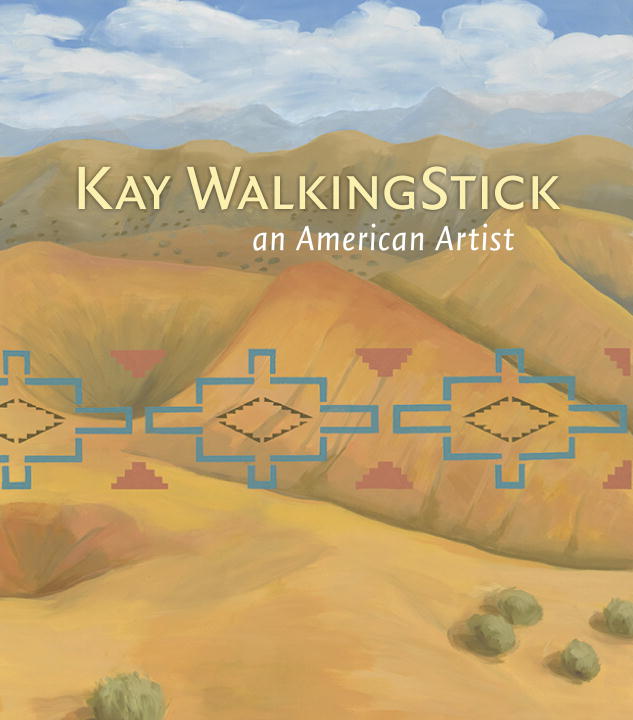Kay Walking Stick (Cherokee) is one of the best-known living Native American artists. In her 45-year career in the visual arts, Walking Stick has created iconic paintings featured in numerous exhibitions and publications. In 1995, she became the first Native American and the first Native American woman artist to be included in H. R. Janson's History of Art, an essential art history survey text. Her acclaimed and accomplished career is now being celebrated with the National Museum of the American Indian book and exhibition Kay Walking Stick: An American Artist.
This volume includes essays by leading scholars and historians arranged chronologically to guide readers through Walking Stick's life journey and rich artistic career. Much of her early work in the late 1960s and early 1970s experimented with colour and the human form; by the mid-1970s, however, she abandoned the figure and began to focus on abstraction and the influence of her Native identity. During this time Walking Stick began to draw upon historical Native American subjects including Chief Joseph and Sacagawea. In the mid-1980s, she began using the diptych format, two-panel works juxtaposing realistic and abstracted views of landscapes. After suffering a devastating personal loss early in this time, her art became more volatile, dark and intense. In recent decades she has merged her many interests in landscapes, in the body to create truly transcendent and powerful works. This book also explores themes of motherhood, sexuality and Christianity, promoting a broader appreciation for and understanding of Walking Stick's art.







